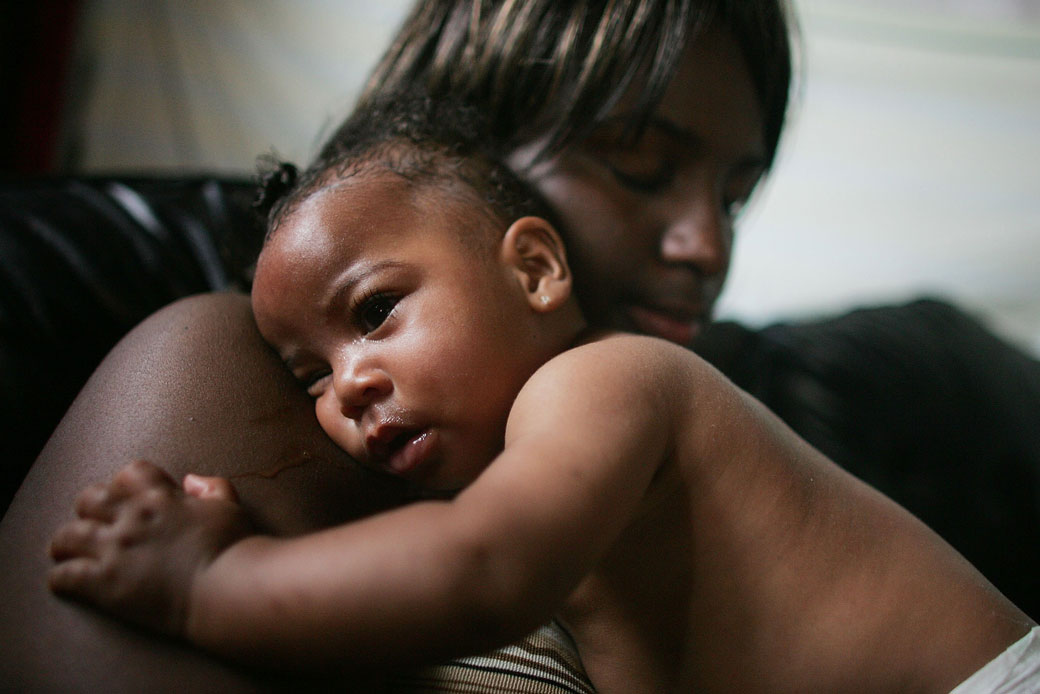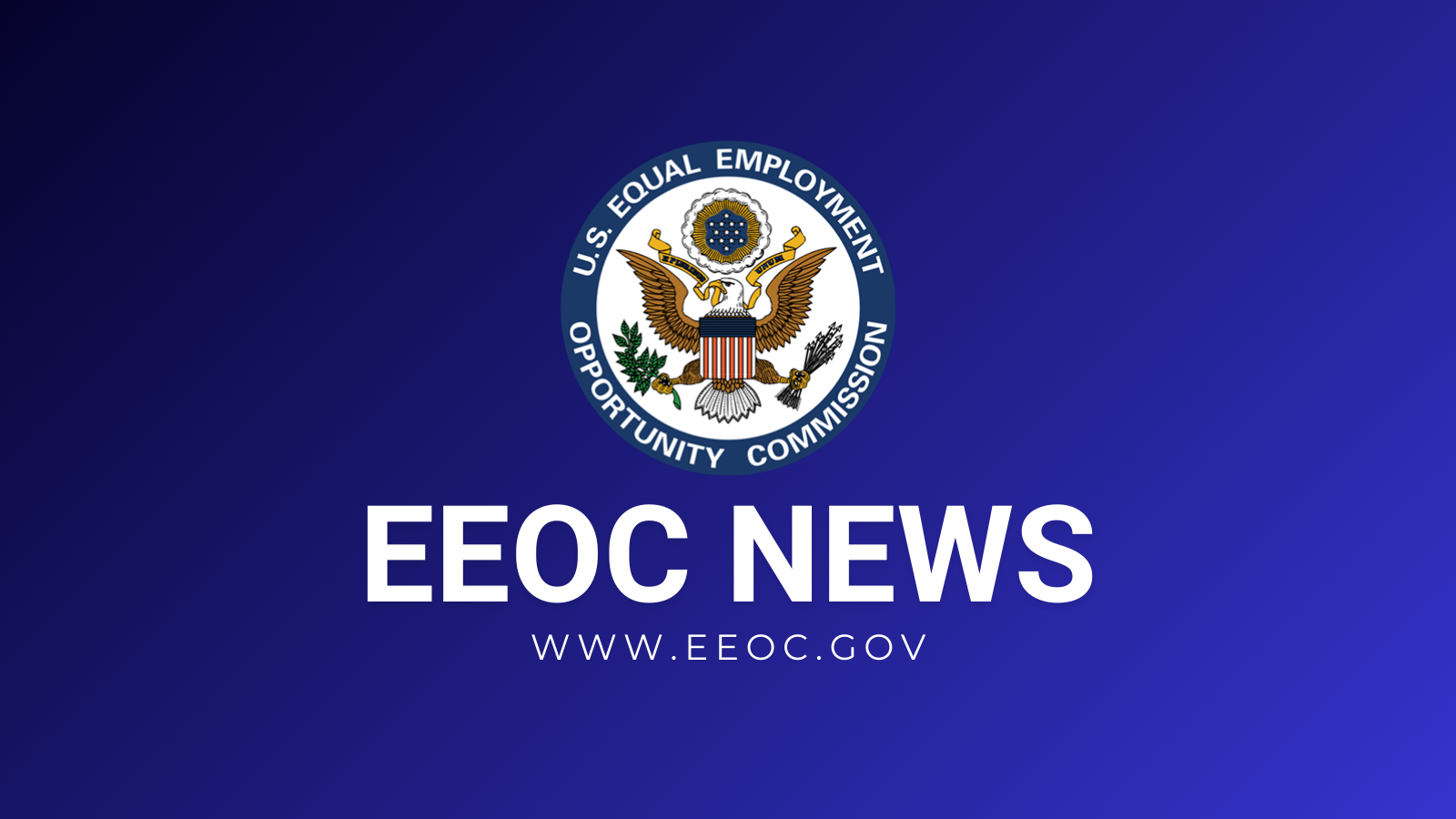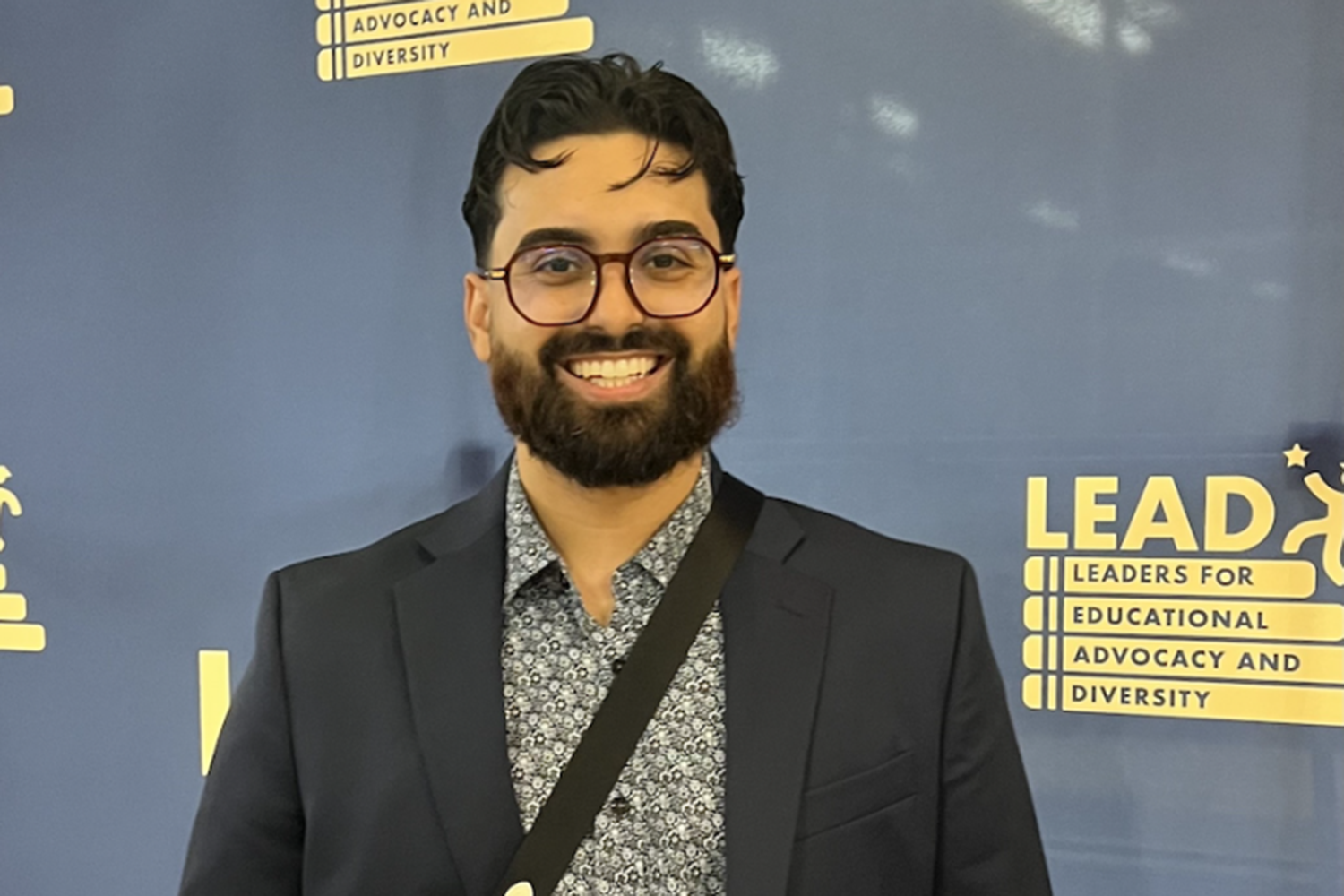Do No Harm: Joint Statement against the medicalization of Female Genital Mutilation in Asia-Pacific – A Call to Action – World Health Organization (WHO)

Report on the Medicalization of Female Genital Mutilation (FGM) in the Asia-Pacific Region
Executive Summary
A joint statement by leading international health and human rights organizations addresses the critical issue of the medicalization of Female Genital Mutilation (FGM). This report outlines the scale of the practice, its direct contravention of the Sustainable Development Goals (SDGs), and presents a series of recommendations for health workers and professional bodies to eradicate this harmful practice. As of 2024, over 230 million women and girls globally have undergone FGM, with a significant concentration of 80 million in Asia. The involvement of health professionals, who perform approximately one in four procedures, creates a dangerous misconception of safety and legitimacy, undermining global efforts to protect women and girls.
FGM as a Violation of Sustainable Development Goals
The practice of FGM, particularly its medicalization, fundamentally conflicts with several core Sustainable Development Goals, impeding progress toward a just and equitable world.
- SDG 5: Gender Equality: FGM is a form of gender-based violence and a severe violation of the rights of women and girls. It perpetuates gender inequality by controlling female bodies and autonomy. The elimination of FGM is a critical target under SDG 5, which aims to end all forms of discrimination and violence against women and girls.
- SDG 3: Good Health and Well-being: FGM provides no health benefits and causes severe, lifelong physical and psychological harm. Its performance by health workers is a profound breach of the medical ethic to ‘do no harm’ and directly opposes the objective of ensuring healthy lives and promoting well-being for all at all ages.
- SDG 16: Peace, Justice and Strong Institutions: The call for robust legal frameworks, professional accountability, and enforceable codes of conduct aligns with SDG 16. Ending the impunity associated with FGM requires strong, just institutions that protect the fundamental rights and freedoms of all individuals.
Joint Call to Action and Recommendations
The United Nations Population Fund (UNFPA), the World Health Organization (WHO), the International Confederation of Midwives (ICM), the International Federation of Gynecology and Obstetrics (FIGO), and the Asia Network to End FGM/C have issued a unified call for urgent action.
Recommendations for All Health Workers
Health workers in the Asia-Pacific region are urged to take the following actions to uphold their ethical obligations and contribute to the achievement of the SDGs:
- Uphold the ‘Do No Harm’ Principle: Unequivocally refuse to perform, assist with, or facilitate FGM in any form. This aligns with SDG 3 by preventing immediate and long-term health complications.
- Protect Bodily Autonomy: Actively oppose the medicalization of FGM and reject social or cultural pressures, thereby safeguarding the bodily integrity of women, girls, and newborns as mandated by SDG 5.
- Adhere to Professional Ethics: Promote and comply with professional codes of conduct that explicitly prohibit FGM, prioritizing the physical and psychological well-being of women and girls over cultural norms.
Recommendations for Professional Health Bodies and Authorities
To create an environment where FGM is no longer tolerated, professional health bodies, regulatory authorities, and government ministries are urged to implement the following measures:
- Establish and Enforce Professional Codes of Conduct: Implement and enforce clear prohibitions against the practice of FGM in any setting. This strengthens institutional accountability in line with SDG 16.
- Integrate FGM Prevention into Education: Incorporate comprehensive training on FGM prevention and response into pre-service and postgraduate curricula for all health workers to build capacity and awareness.
- Advocate for Strong Legal Protections: Support and enforce laws that explicitly prohibit all forms of FGM, regardless of the performer. Establish independent monitoring and reporting systems to ensure accountability and justice.
Conclusion
The contributing agencies are committed to collaborating with partners across the Asia-Pacific region to end the medicalization of FGM. This collective responsibility is essential for upholding the right to health, well-being, and gender equality for all women and girls. The elimination of this harmful practice is a prerequisite for them to thrive and achieve their full potential, contributing directly to the success of the 2030 Agenda for Sustainable Development.
Contributing Agencies and Partners
- United Nations Population Fund, Asia-Pacific Regional Office
- World Health Organization, South-East Asia Regional Office
- World Health Organization, Western Pacific Regional Office
- International Confederation of Midwives
- International Federation of Gynecology and Obstetrics
- Asia Network to End FGM/C
Analysis of Sustainable Development Goals in the Article
1. Which SDGs are addressed or connected to the issues highlighted in the article?
- SDG 3: Good Health and Well-being: The article extensively discusses Female Genital Mutilation (FGM) as a harmful practice that inflicts “lifelong physical and psychological harm,” directly contradicting the principles of health and well-being. It focuses on the role of health workers and the medical system, which are central to SDG 3.
- SDG 5: Gender Equality: FGM is a practice that exclusively targets women and girls, described as a “violation of the human rights” and an infringement on their “bodily autonomy and integrity.” The entire article is framed around eliminating a harmful practice that is a significant barrier to gender equality.
- SDG 16: Peace, Justice and Strong Institutions: The article calls for “strong legal protection and accountability” and the enforcement of laws that “explicitly prohibit all forms of FGM.” This highlights the need for robust legal frameworks and just institutions to protect vulnerable populations, which is the core of SDG 16.
2. What specific targets under those SDGs can be identified based on the article’s content?
-
Under SDG 5 (Gender Equality):
- Target 5.3: Eliminate all harmful practices, such as child, early and forced marriage and female genital mutilation. This is the most directly relevant target. The article’s entire focus is on the condemnation and elimination of FGM, stating, “FGM has no place in our world. It is our collective responsibility to… ensure this harmful practice is eliminated once and for all.”
-
Under SDG 3 (Good Health and Well-being):
- Target 3.7: By 2030, ensure universal access to sexual and reproductive health-care services. FGM is a harmful practice directly related to the sexual and reproductive health of women and girls. The article’s call for health workers to “protect the bodily autonomy and integrity of women, girls and newborns” and refuse to perform FGM aligns with ensuring safe and rights-based reproductive health care.
- Target 3.8: Achieve universal health coverage, including financial risk protection, access to quality essential health-care services. The article addresses the “medicalization of FGM,” where health workers perform the procedure. This is a corruption of health-care services. The call to “uphold the fundamental principle of… ‘do no harm'” and integrate FGM prevention into medical curricula aims to ensure that health services are safe, ethical, and of high quality.
-
Under SDG 16 (Peace, Justice and Strong Institutions):
- Target 16.2: End abuse, exploitation, trafficking and all forms of violence against and torture of children. FGM is a form of violence and abuse against girls. The article describes it as a “profound violation of the human rights” and a “deeply harmful practice,” which directly connects to the goal of ending violence against children.
3. Are there any indicators mentioned or implied in the article that can be used to measure progress towards the identified targets?
-
For Target 5.3 (Eliminate FGM):
- Prevalence of FGM: The article explicitly mentions statistics that can be used as indicators. It states, “In 2024, over 230 million women and girls globally had undergone FGM, with 80 million of them living in Asia.” Tracking the change in this number would directly measure progress toward eliminating FGM. This aligns with official indicator 5.3.2 (Proportion of girls and women aged 15-49 years who have undergone FGM).
- Proportion of FGM performed by health personnel: The article highlights that “around 1 in 4 acts of FGM are carried out by professional health workers.” This statistic is a direct indicator of the “medicalization” of FGM. A reduction in this proportion would signify progress in combating this specific trend.
-
For Target 16.2 (End violence against children):
- Existence and enforcement of laws: The article implies an indicator by urging stakeholders to “advocate for strong legal protection and accountability by supporting laws that explicitly prohibit all forms of FGM… and ensure that these laws are effectively enforced.” The existence and enforcement level of such laws can be used as a measure of progress.
-
For Target 3.8 (Achieve universal health coverage):
- Integration of FGM prevention in health curricula: The article suggests an indicator by calling to “Integrate FGM prevention into pre-service and postgraduate curricula for midwives, nurses, doctors and other health workers.” The percentage of medical and nursing schools that have incorporated this into their curricula could be a measurable indicator of progress.
4. Table of SDGs, Targets, and Indicators
| SDGs | Targets | Indicators (Mentioned or Implied in the Article) |
|---|---|---|
| SDG 5: Gender Equality | 5.3: Eliminate all harmful practices, such as… female genital mutilation. |
|
| SDG 3: Good Health and Well-being | 3.8: Achieve universal health coverage, including… access to quality essential health-care services. |
|
| SDG 16: Peace, Justice and Strong Institutions | 16.2: End abuse… and all forms of violence against… children. |
|
Source: who.int

What is Your Reaction?
 Like
0
Like
0
 Dislike
0
Dislike
0
 Love
0
Love
0
 Funny
0
Funny
0
 Angry
0
Angry
0
 Sad
0
Sad
0
 Wow
0
Wow
0




















































.jpg.webp?itok=0ZsAnae9#)


























